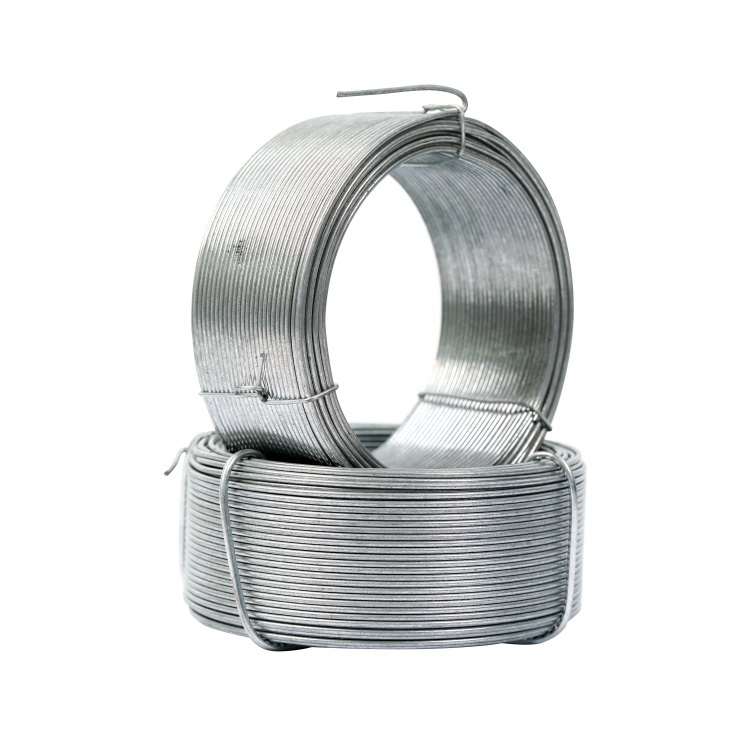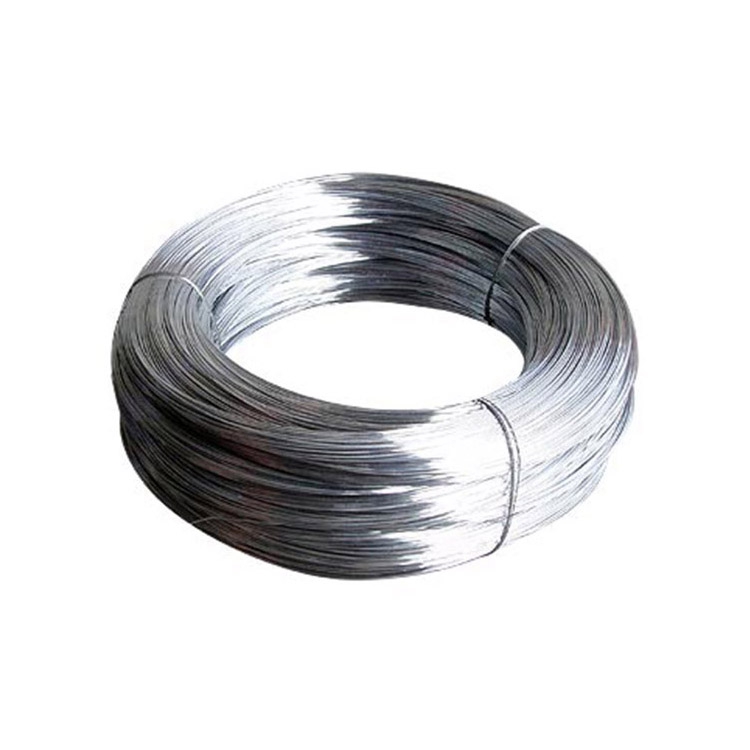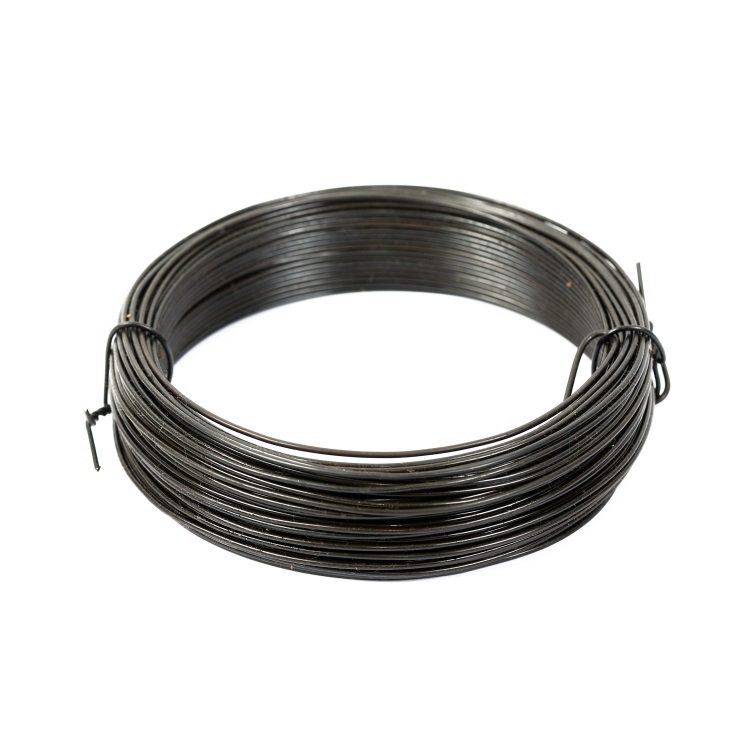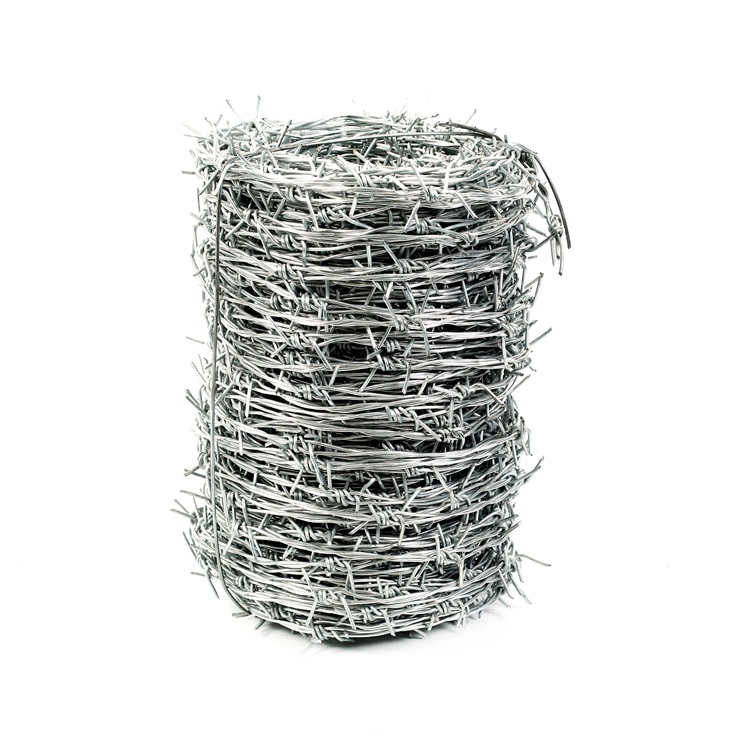Exploring the Top Manufacturers of Common Wire Nails and Their Production Techniques
Common Wire Nails A Comprehensive Overview of Factories and Production
Wire nails are among the most essential fasteners in construction and woodworking, known for their versatility and strength. A common wire nail, typically made from steel, is manufactured in various sizes and finishes, making it suitable for a wide range of applications, from framing houses to assembling furniture. The manufacturing of common wire nails takes place in specialized factories equipped with advanced machinery and expert labor. This article delves into the production processes, types of factories, and the significance of common wire nails in various industries.
Manufacturing Process
The production of common wire nails begins with the selection of raw materials, primarily wire rods made of steel. These wire rods are heated and drawn through a series of dies to achieve the desired diameter. This process, known as wire drawing, is crucial as it determines the tensile strength and overall quality of the nails.
Once the wire is drawn to size, it is cut into lengths appropriate for the type of nail being produced. The cut pieces are then fed into a nail-making machine, which typically consists of several components designed for efficiency. These machines have the capability to convert wire pieces into nails through a series of processes, including forming the head, sharpening the point, and creating the final shape.
After manufacturing, nails undergo quality control checks to ensure they meet industry standards. This may involve testing for tensile strength, coating adherence, and overall dimensions. Many factories use automated systems to increase precision and reduce human error, thereby enhancing product quality.
Types of Factories
Common wire nails are produced in various types of factories around the world. These include
common wire nails factories
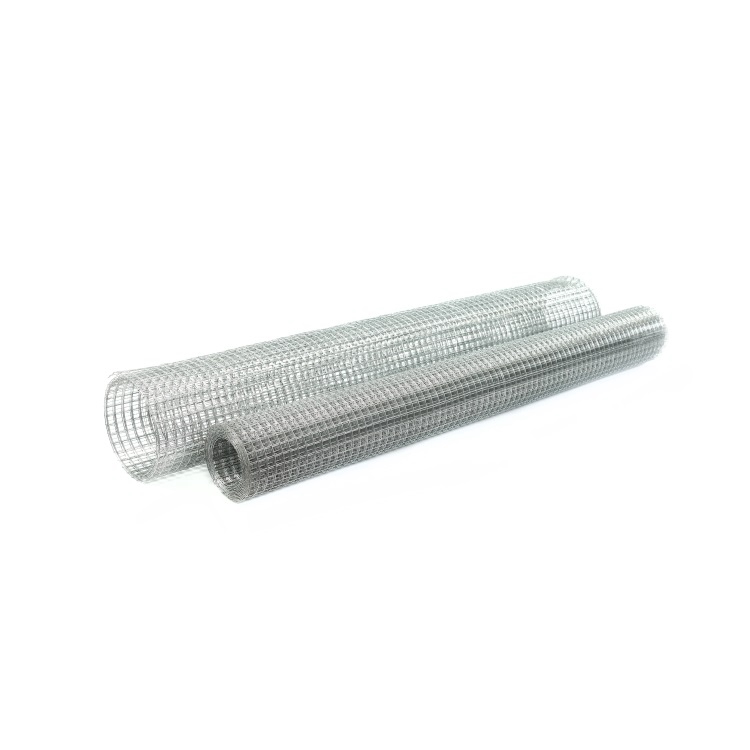
1. Large-Scale Manufacturing Plants These facilities often utilize sophisticated machinery and automation to produce nails at high volumes. They cater to large orders from construction companies and distributors, making them a primary source for significant projects.
2. Small and Medium Enterprises (SMEs) These factories may focus on niche markets or specific types of nails. They often emphasize customization and personalized service, allowing them to cater to local businesses or artisanal woodworkers.
3. Specialty Factories Some operations focus on producing specific types of wire nails, such as galvanized, coated, or stainless steel nails. These factories often have specialized equipment to apply various finishes, enhancing durability and corrosion resistance.
Economic Importance
The economic impact of common wire nail factories is significant. They create jobs, stimulate local economies, and contribute to the broader manufacturing sector. With a growing emphasis on sustainable practices, many factories are adopting eco-friendly methods to reduce waste and energy consumption. This can involve recycling scrap metal or using energy-efficient machines, which not only benefits the environment but also reduces operational costs.
Furthermore, as the construction industry continues to expand, the demand for common wire nails is expected to rise. Factories that adapt to changing market needs, such as increased demand for environmentally friendly products, are likely to thrive.
Conclusion
In summary, common wire nails play a crucial role in various industries, and the factories that produce them are vital components of the manufacturing landscape. From large-scale plants to specialized operations, the production of wire nails involves intricate processes designed to ensure quality and reliability. As the construction sector grows and evolves, these factories will be instrumental in meeting new demands while maintaining high standards of production. The future of common wire nail manufacturing looks optimistic, driven by innovation and a commitment to sustainability.
-
The Durability and Versatility of Steel Wire
NewsJun.26,2025
-
The Best Iron Nails for Your Construction Projects
NewsJun.26,2025
-
Strengthen Your Projects with Durable Metal Stakes
NewsJun.26,2025
-
Get the Job Done Right with Duplex Nails
NewsJun.26,2025
-
Explore the Versatility and Strength of Metal Mesh
NewsJun.26,2025
-
Enhance Your Security with Razor Wire
NewsJun.26,2025







